1. Horseshoe crabs are cool-looking, like an alien space helmet with spider legs, pincers, and a spike tail.

2. Horseshoe crabs' oddly-positioned compound eyes are large and shaped such as to give them an inscrutable and vaguely menacing glower. In addition to their two main eyes, they have some less obvious eyespots further forward on their carapace.
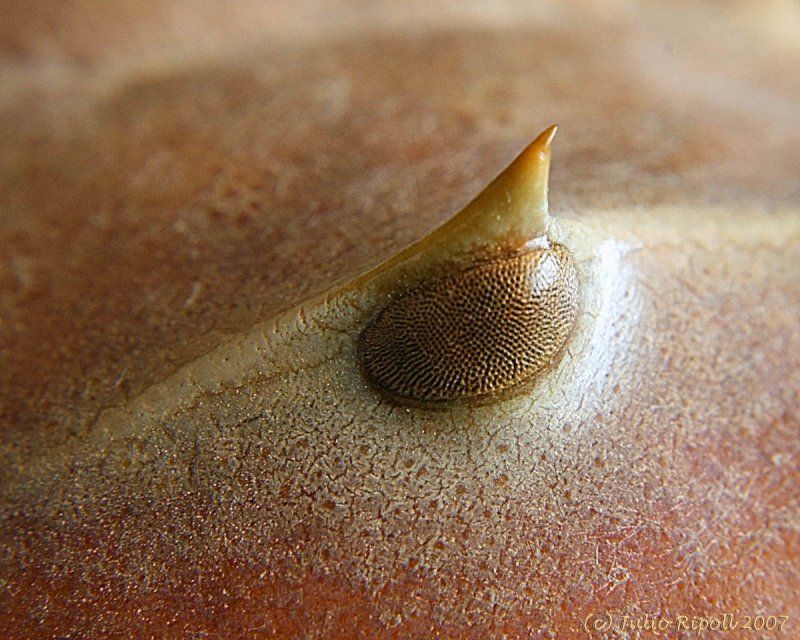
3. The horseshoe crab lineage has maintained the same body form since the Ordovician period 450 million years ago. During that time all their close relatives have perished, making them the sole modern representatives of a prehistoric group that included such monsters as the Eurypterid "sea scorpions." Their closest living kin are the terrestrial (land dwelling) spiders and scorpions... but you could hardly call them close because they diverged from a common ancestor about 480 million years ago! Calling them "crabs" is misleading, because they're even further separated from the crustaceans (which include crabs) than they are from spiders and scorpions.

4. Horseshoe crabs are scarily amazing when you pick them up and turn them over to reveal their numerous legs, claws, and flap-like gills. But they don't pinch too hard, so go ahead and pick one up to take a look. Just watch out for the spike tail (the "telson").
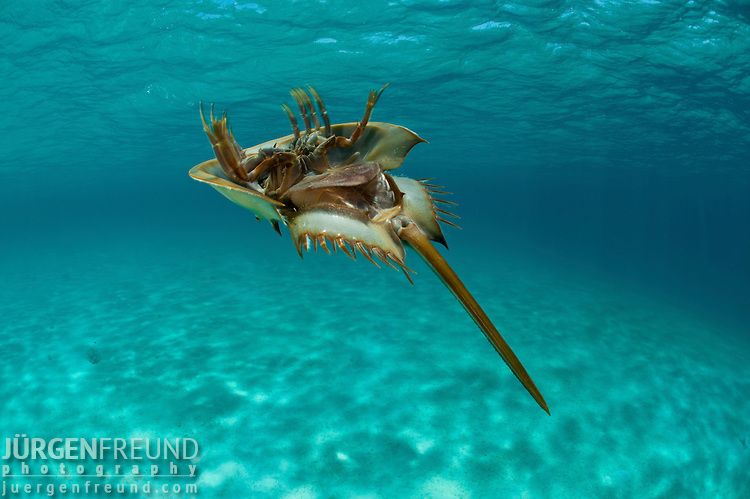
5. There are no horseshoe crabs on the West Coast so I never saw a live one when I was growing up. That makes getting to see them in action here on the East Coast extra cool. The Atlantic Horseshoe Crab (Limulus polyphemus) is pretty tolerant of a wide range of temperatures, so it lives from the Gulf of Mexico all the way up to Canada. There are also some three species of horseshoe crab that live in the Indo-Pacific region.
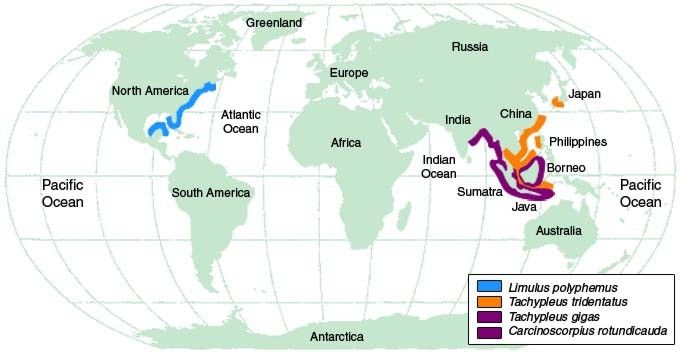
6. Horseshoe crabs are ecologically important. Beside playing a role as low-level predators and sediment-stirrer-uppers in benthic (sea-bottom) food chains, they provide a vital food source for loggerhead sea turtles. Also, horseshoe crab eggs are a critical food for migrating shorebirds (sandpipers and such). Horseshoe crabs lay eggs in massive numbers on sandy beaches, and shorebirds time their arduous arctic - tropic migrations to make a refueling stop on the beaches where the horseshoe crab eggs will be. If there are no eggs to eat, the birds die of exhaustion and starvation before completing their migration.
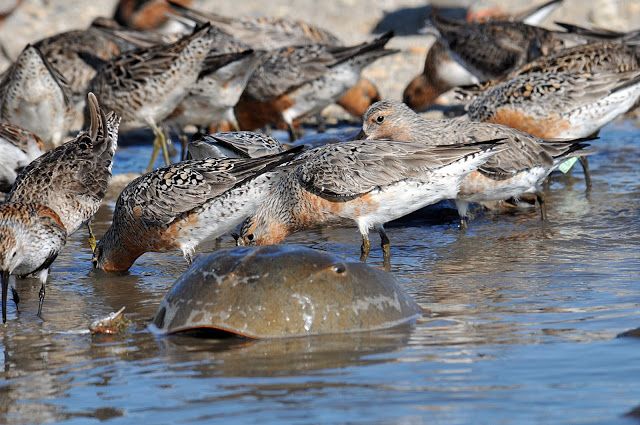
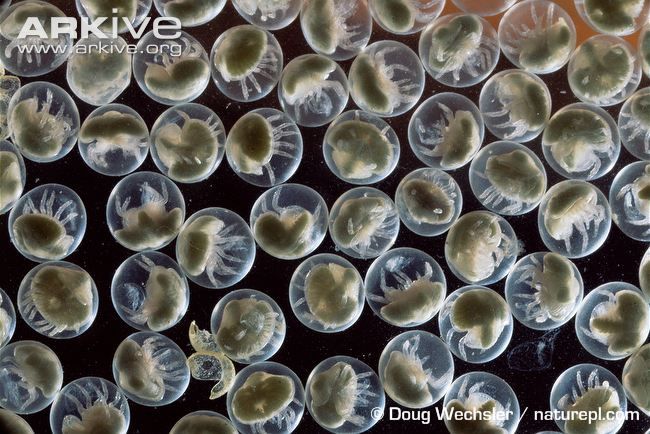
7. Horseshoe crabs are important to humans, but also threatened by human activities. In increasing order of the unique value of their services, horseshoe crabs have provided us with 1) agricultural fertilizer,
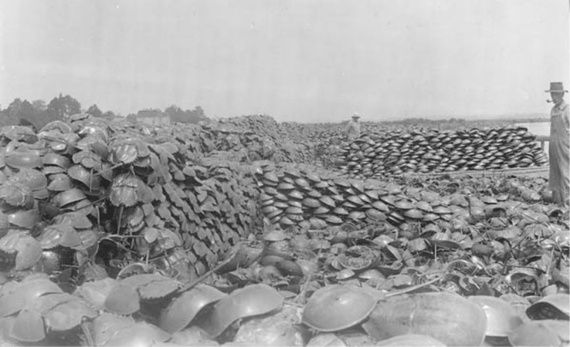
2) bait for eel and whelk traps
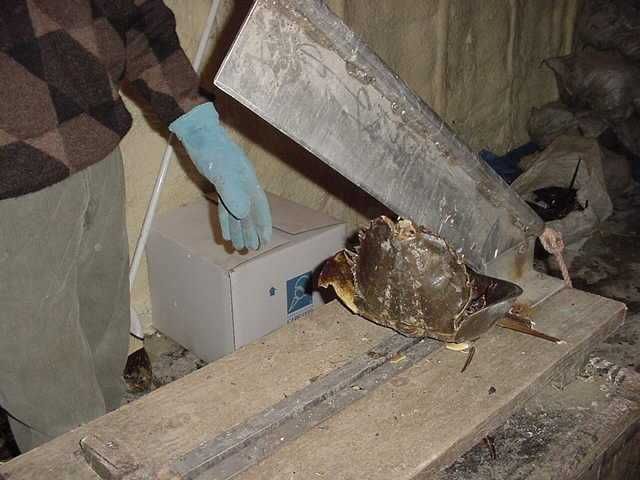
and 3) a blood-cell extract called LAL that can be used to check for bacterial contamination of fluids and medical devices before they are put into the human body. The LAL story has been getting around a lot lately and was recently a feature article in the The Atlantic magazine. While I'm strongly opposed to the wasteful use of horseshoe crabs for fertilizer and bait, I think the blood harvest is pretty important... as long as it's done sustainably. Some progress has been made towards that end. For instance, we no longer kill the beasts to take their blood- we just partially drain them and then release them, whereafter they have about an 80% survival rate.
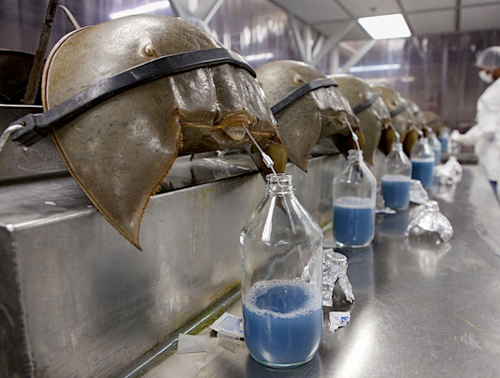
Scientists are now working to make a synthetic version of LAL so we don't need to suck horseshoe crab blood to get it. Let's hope that works out.

No comments:
Post a Comment